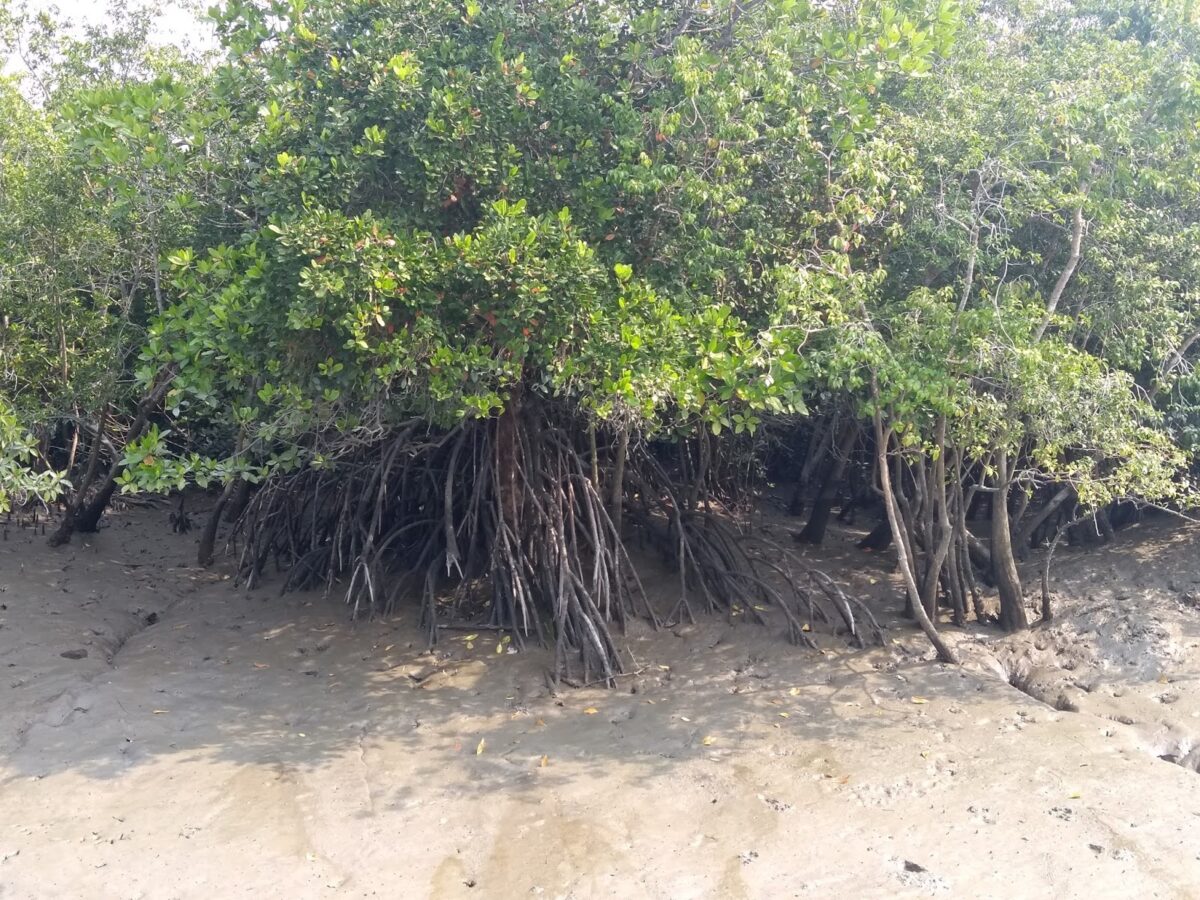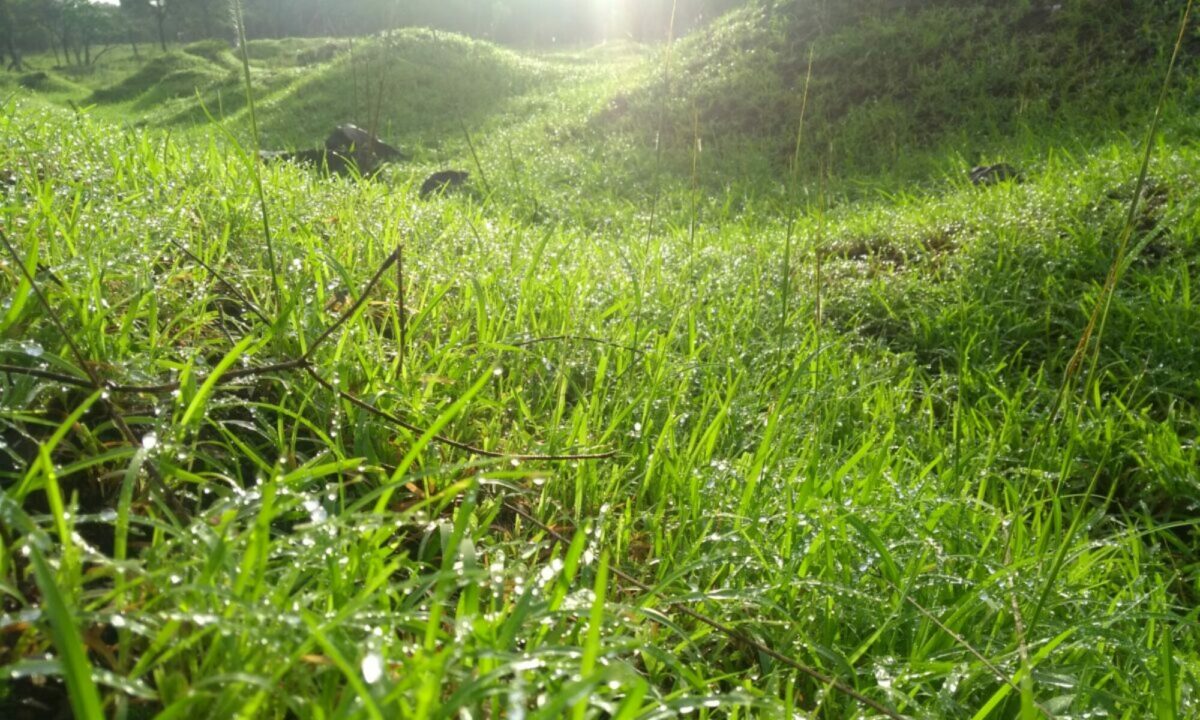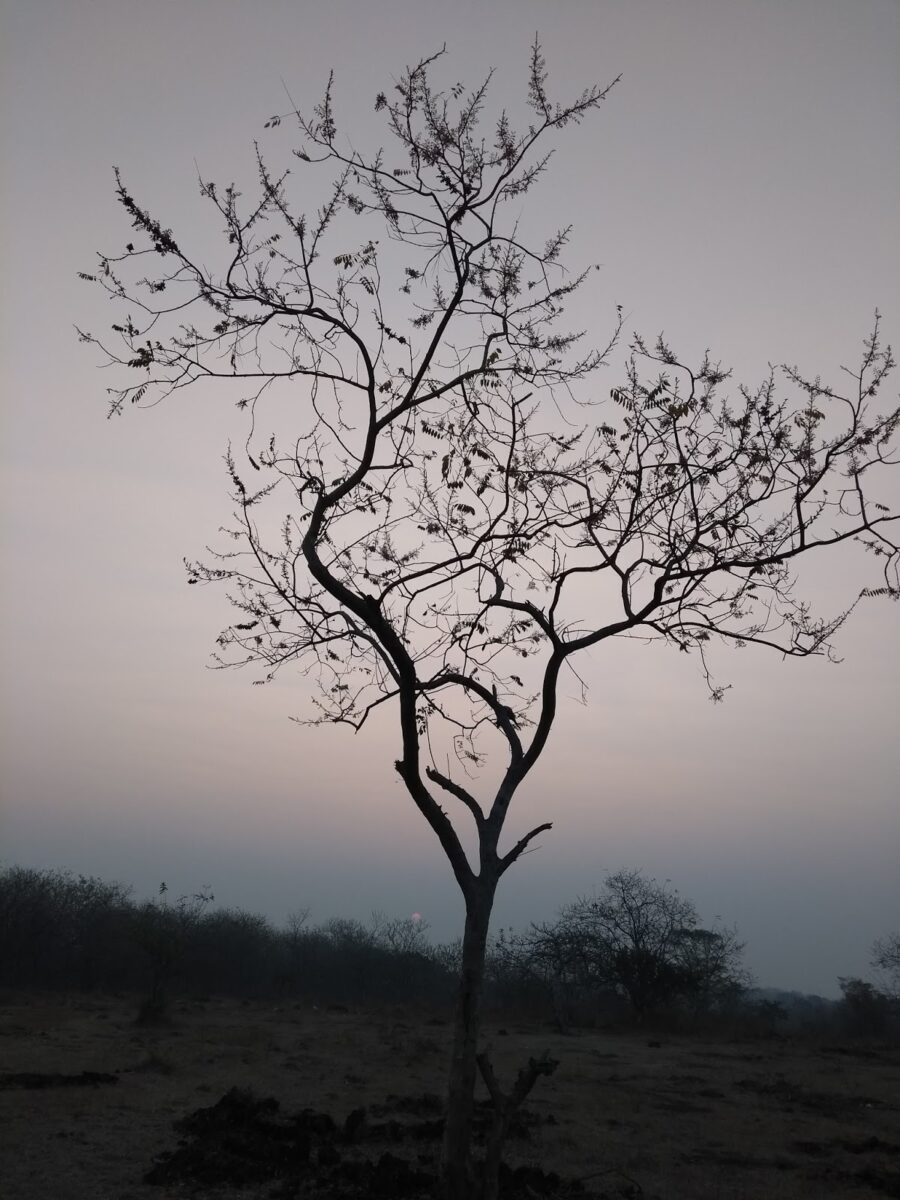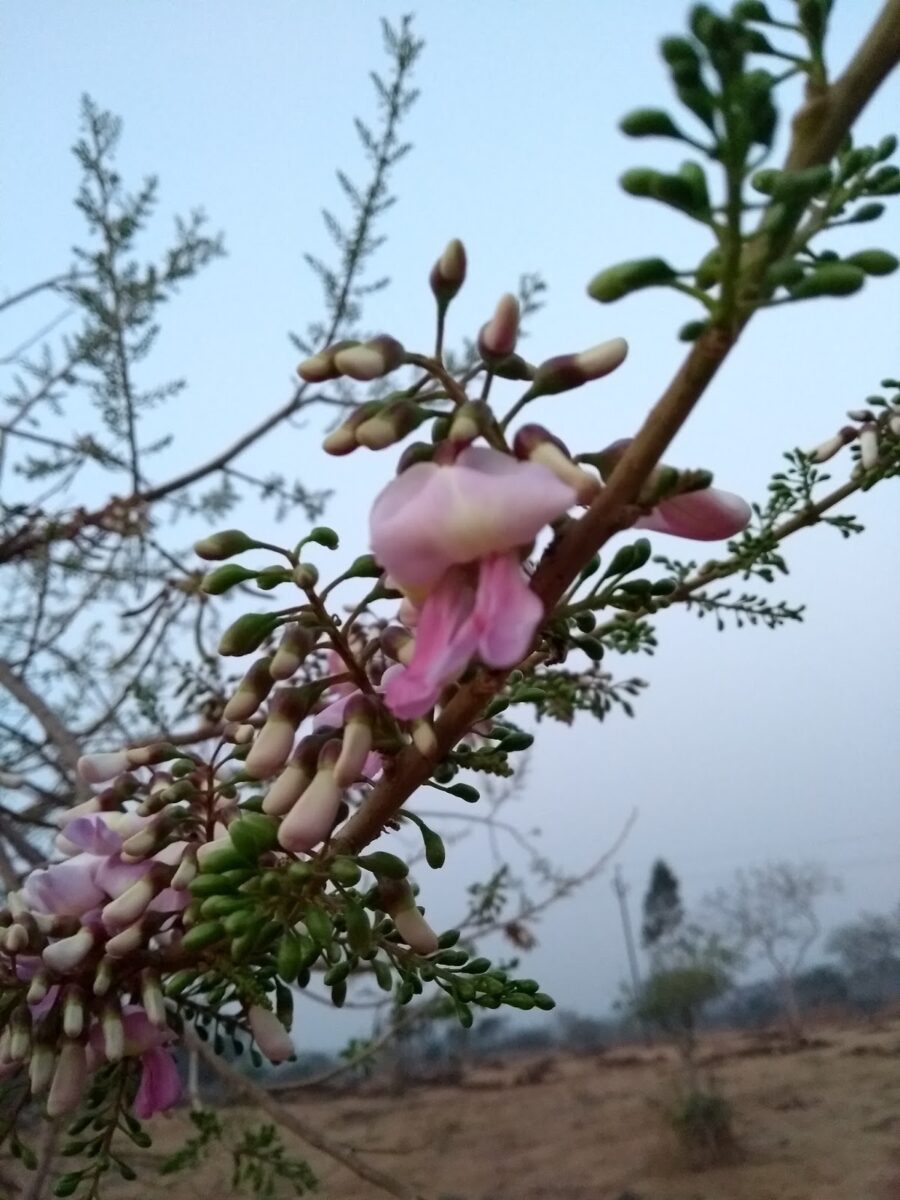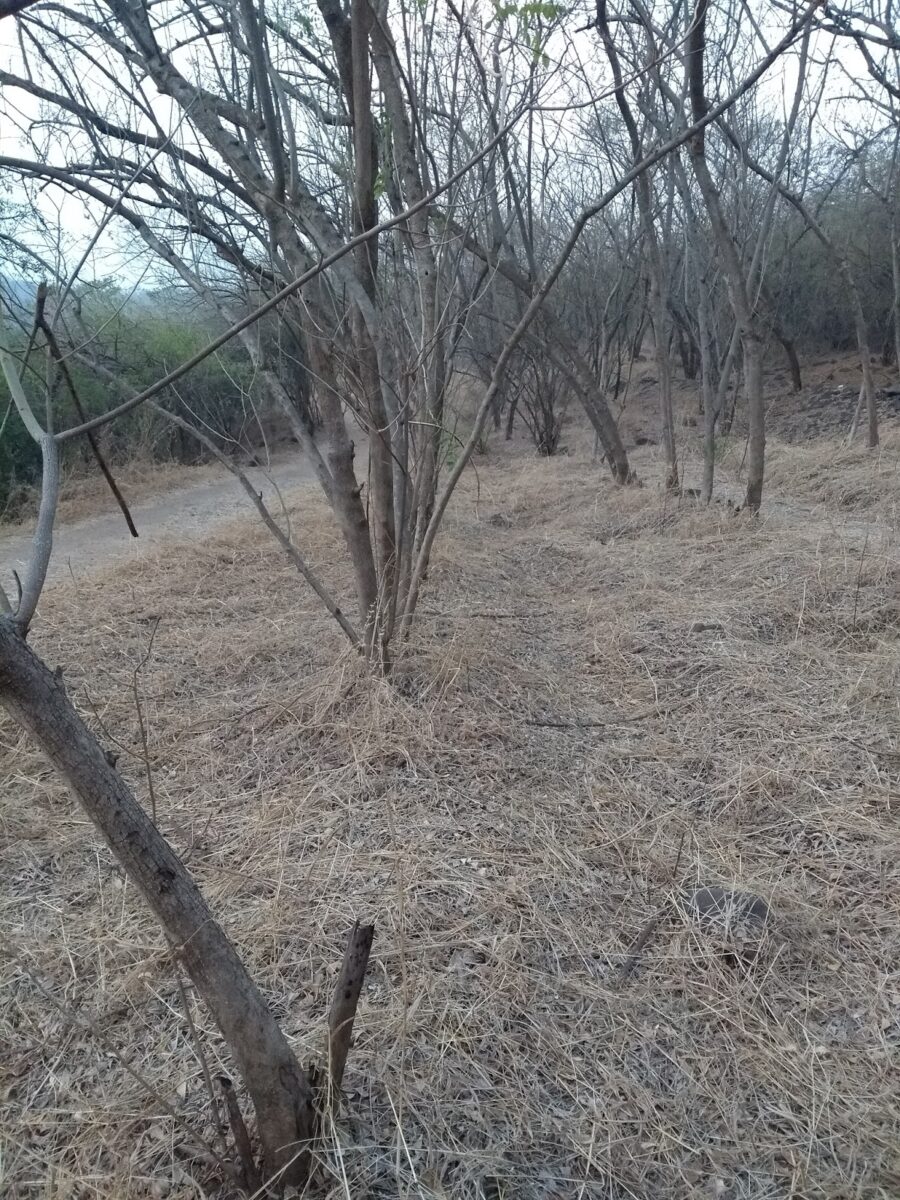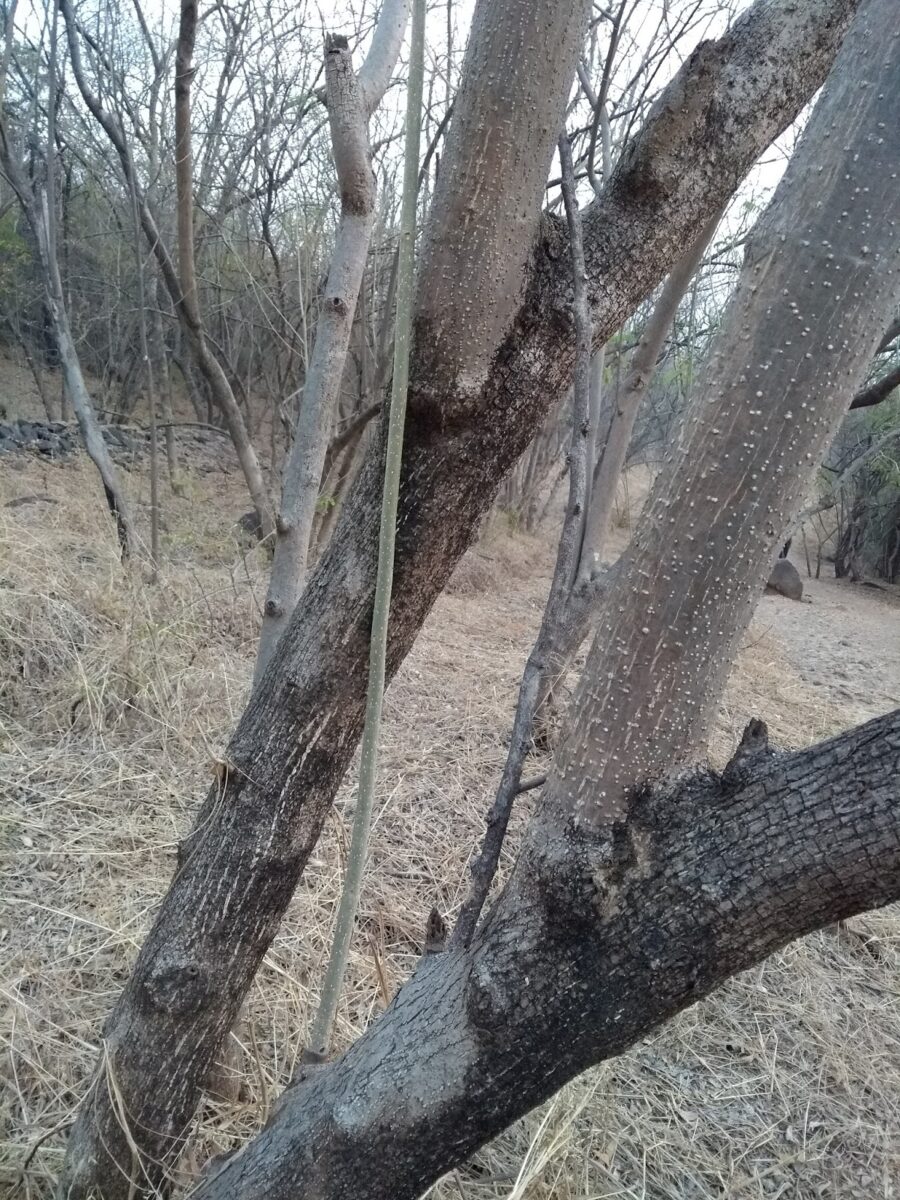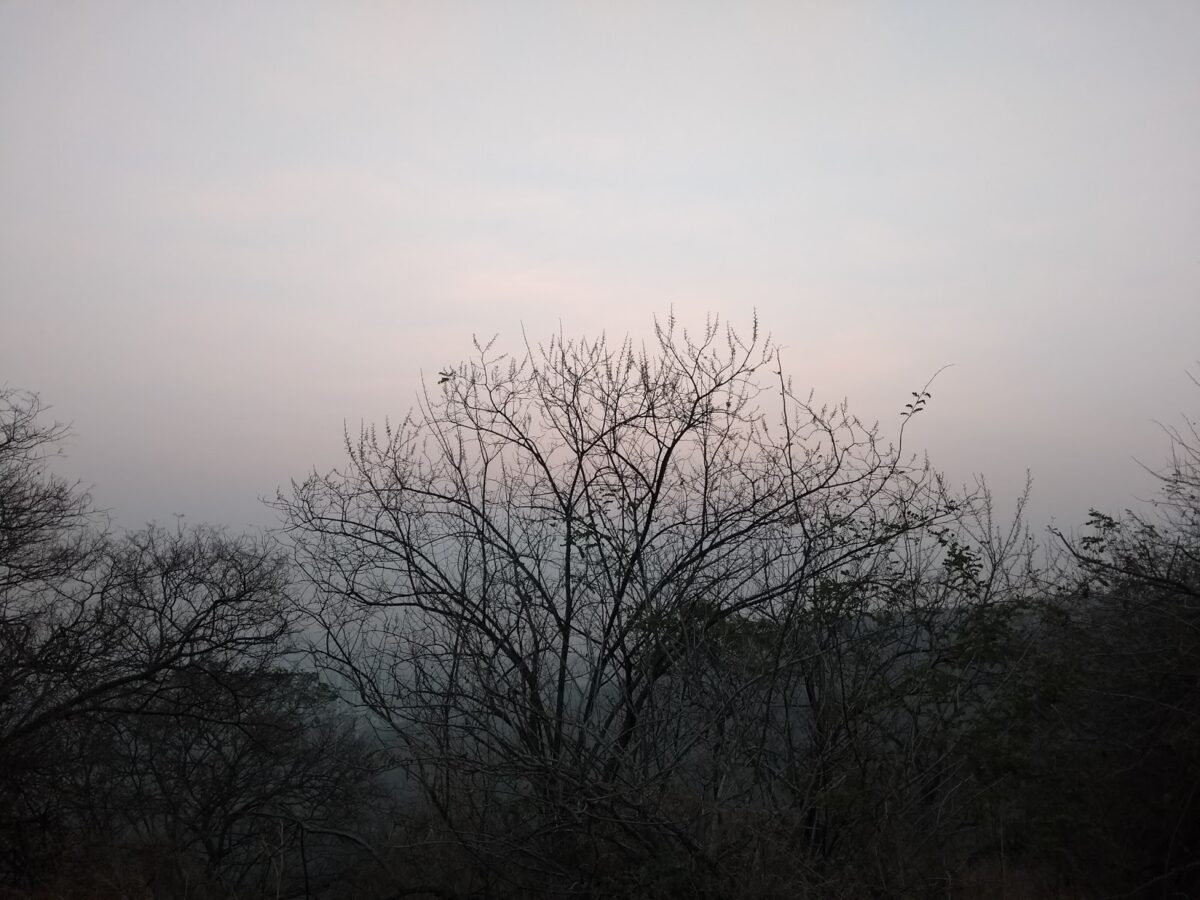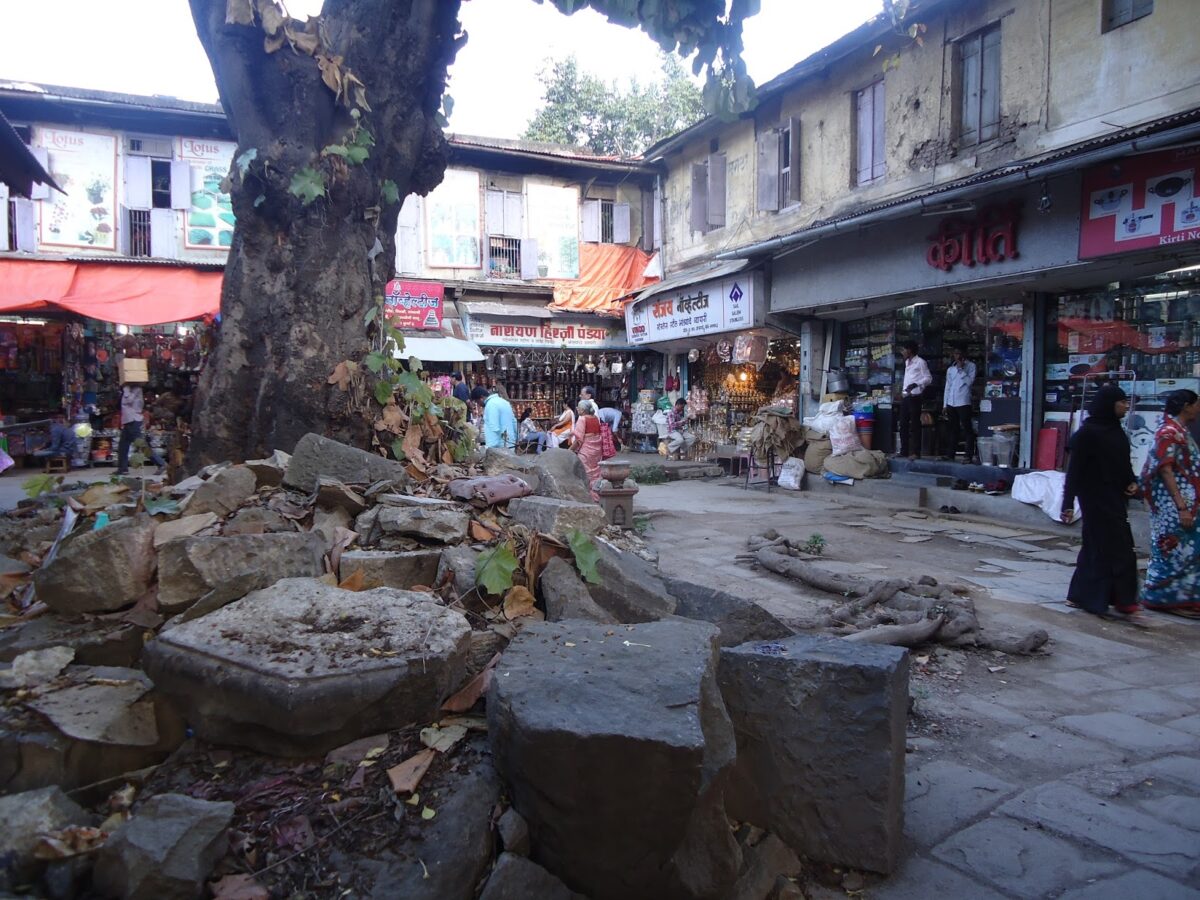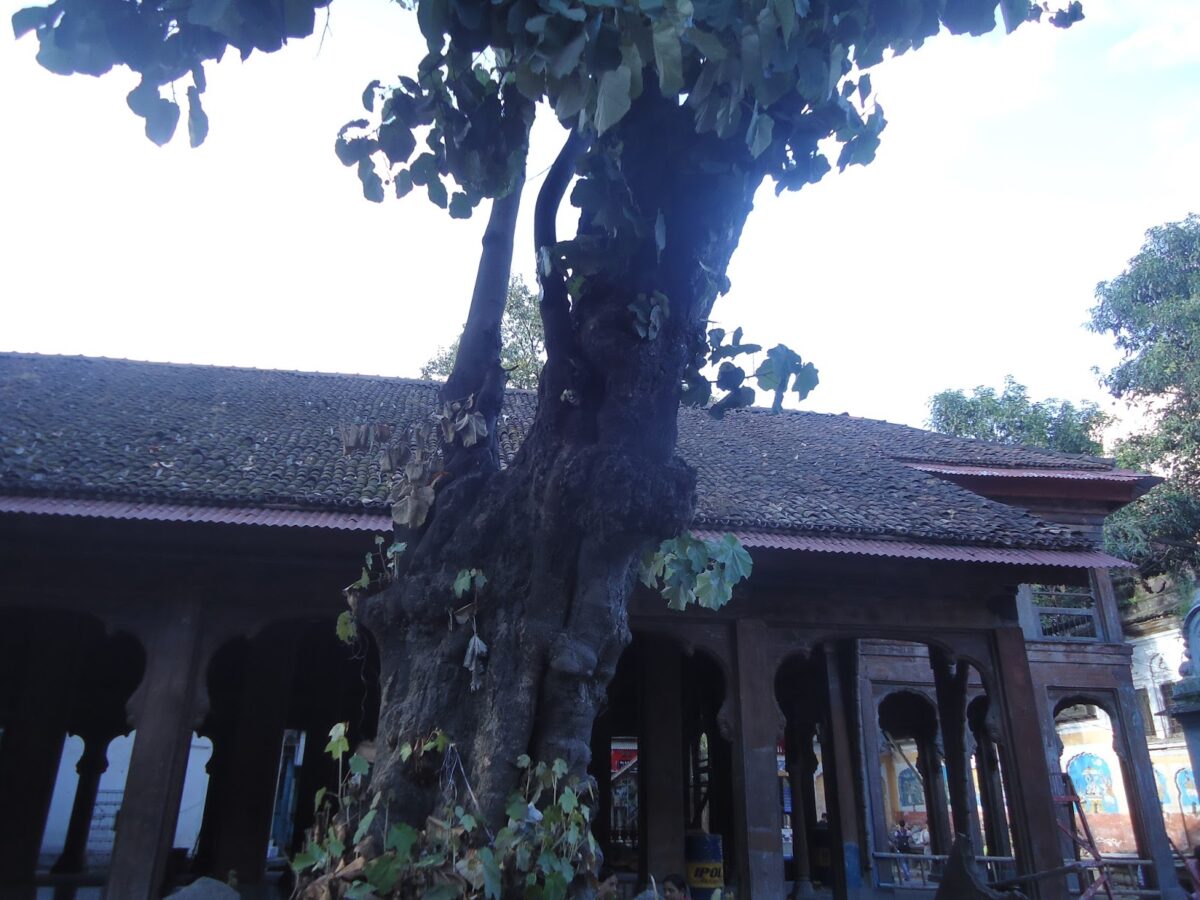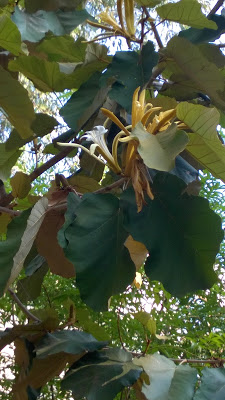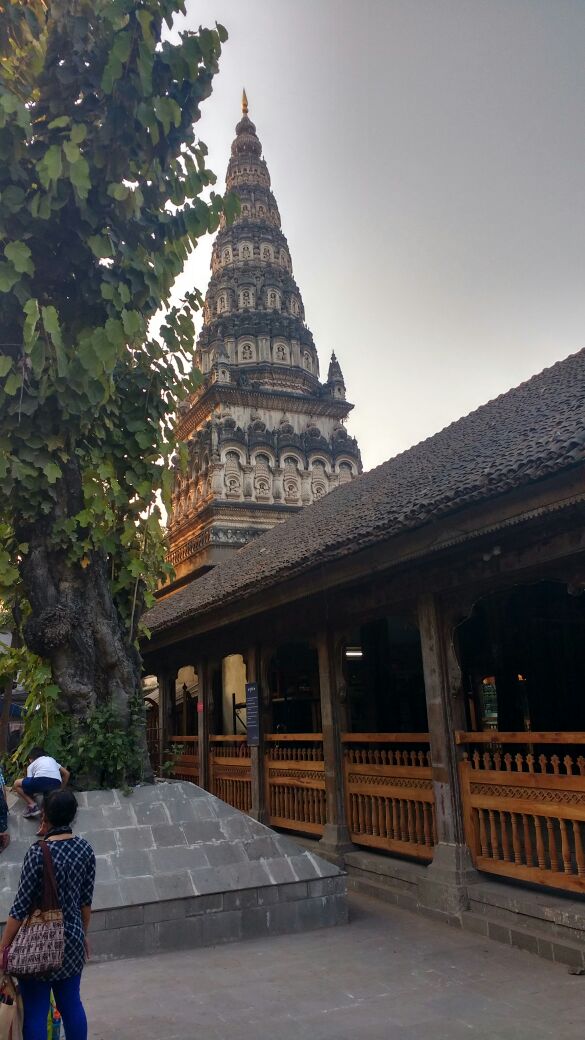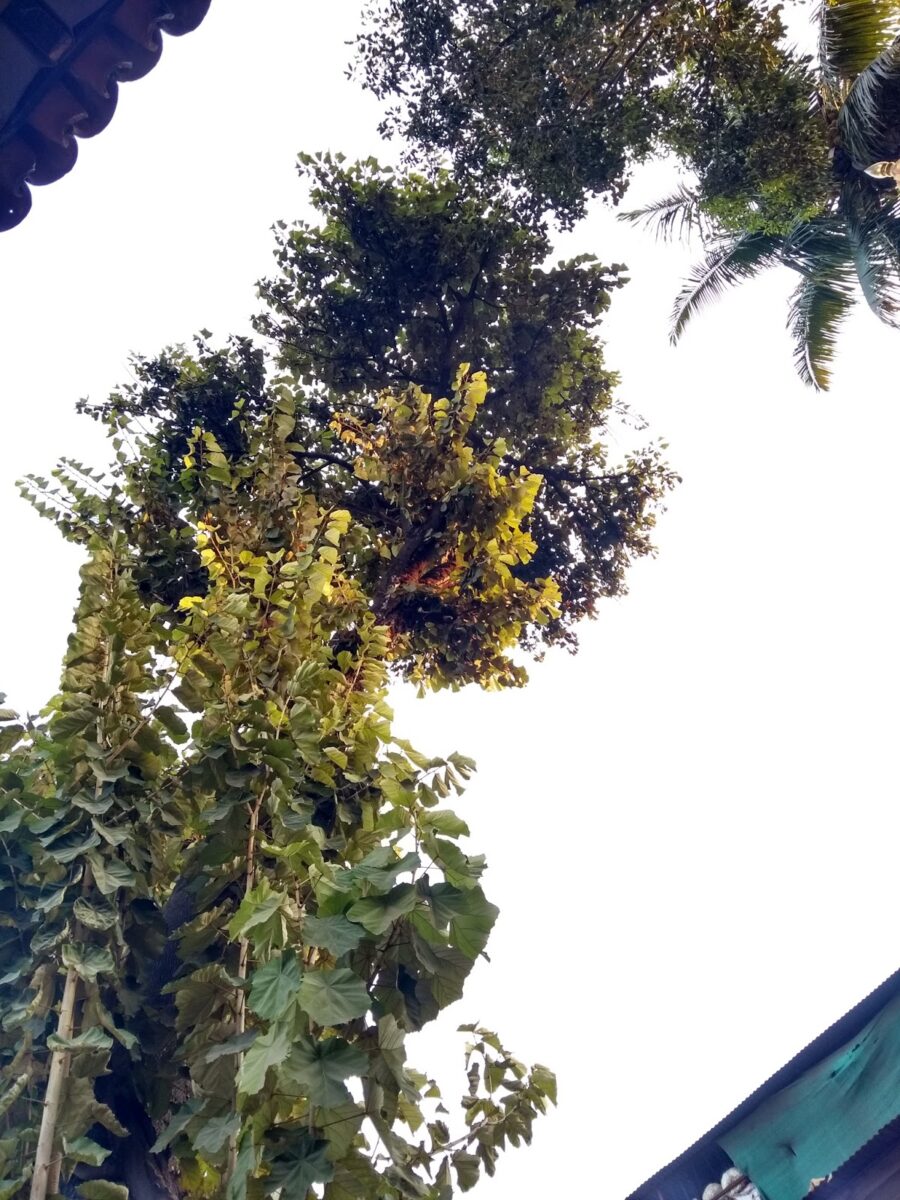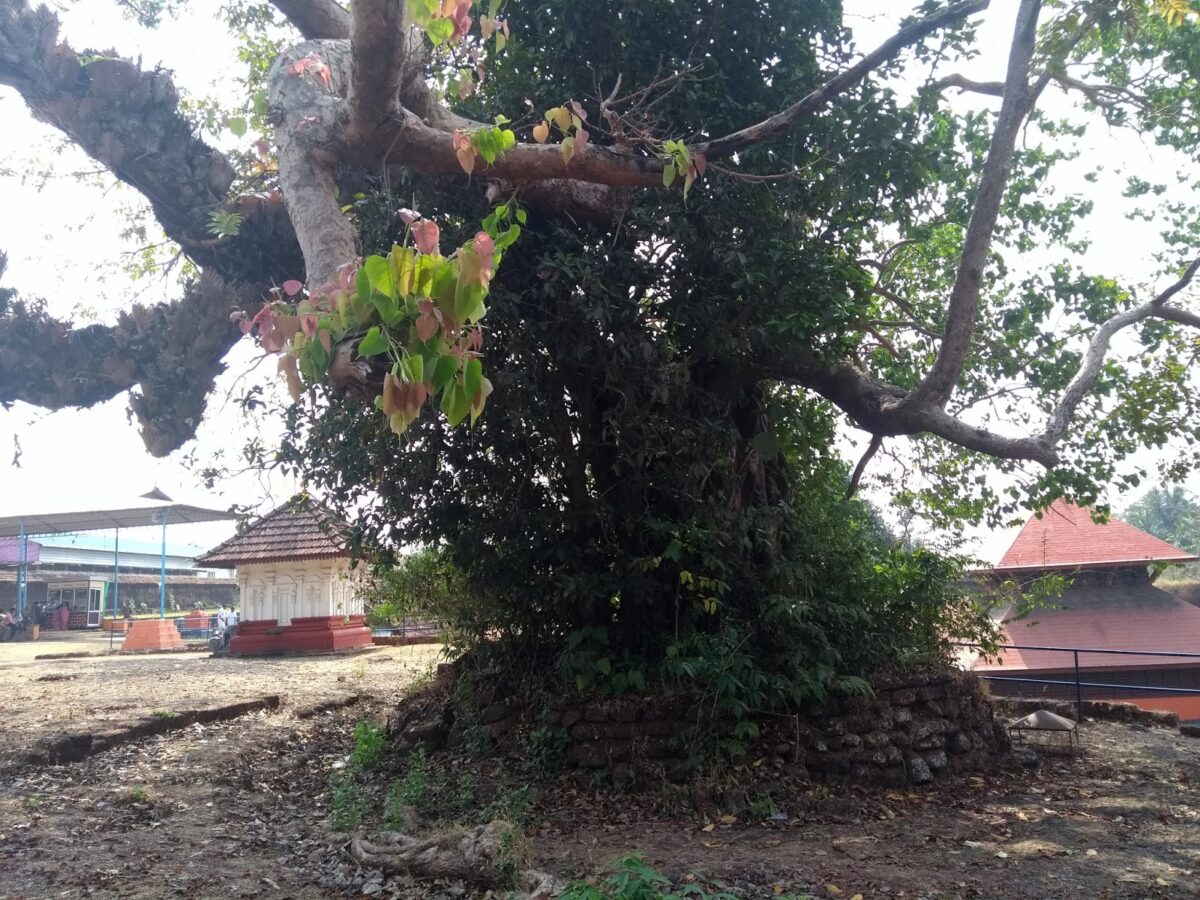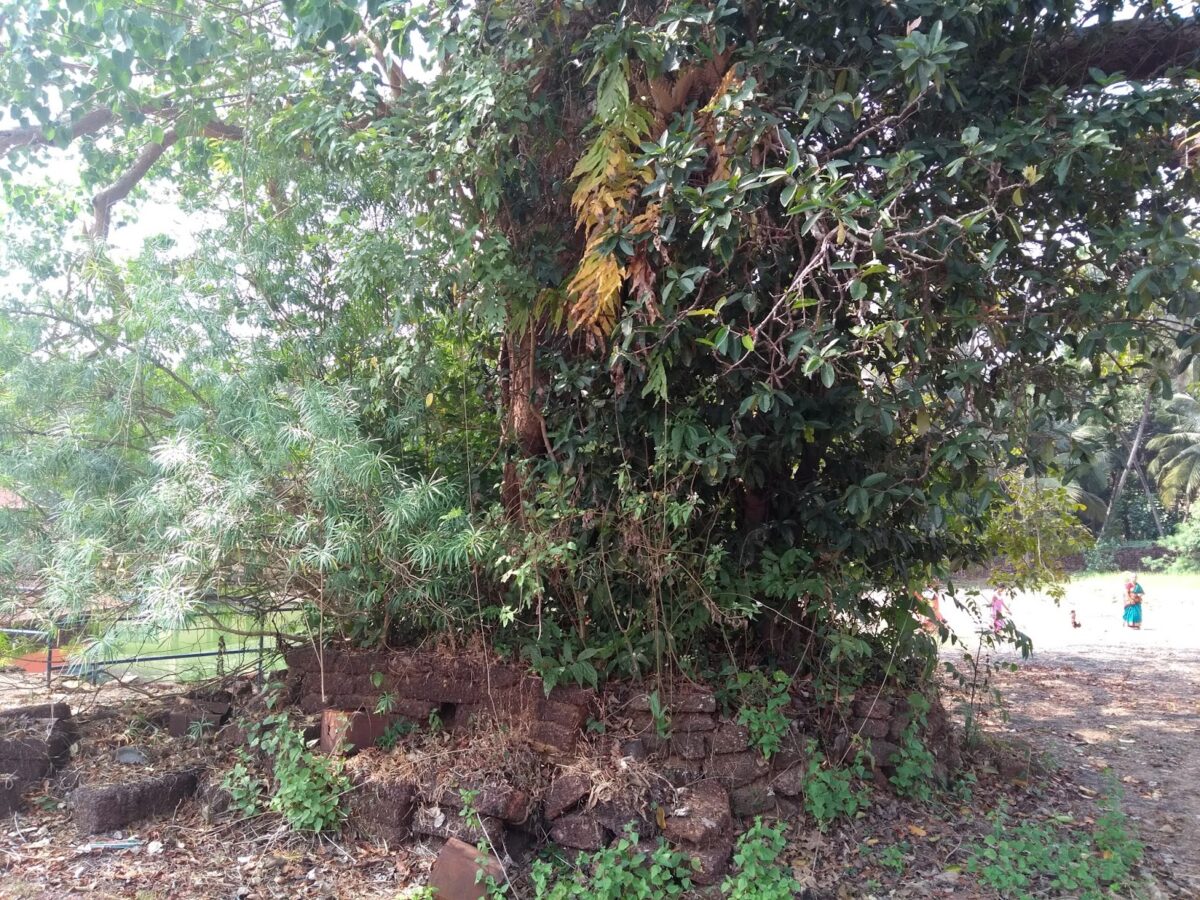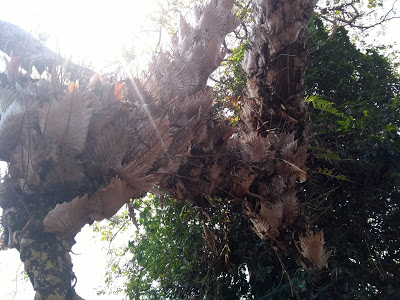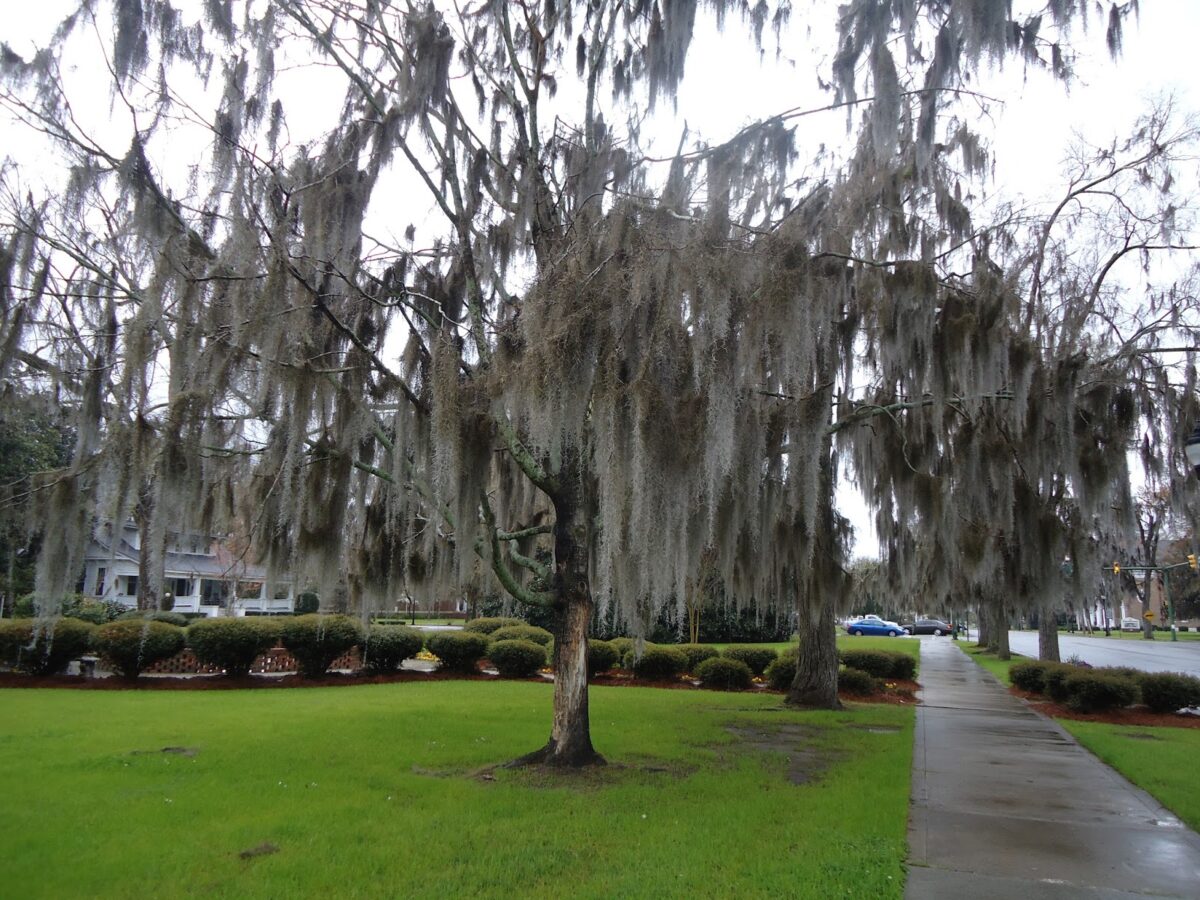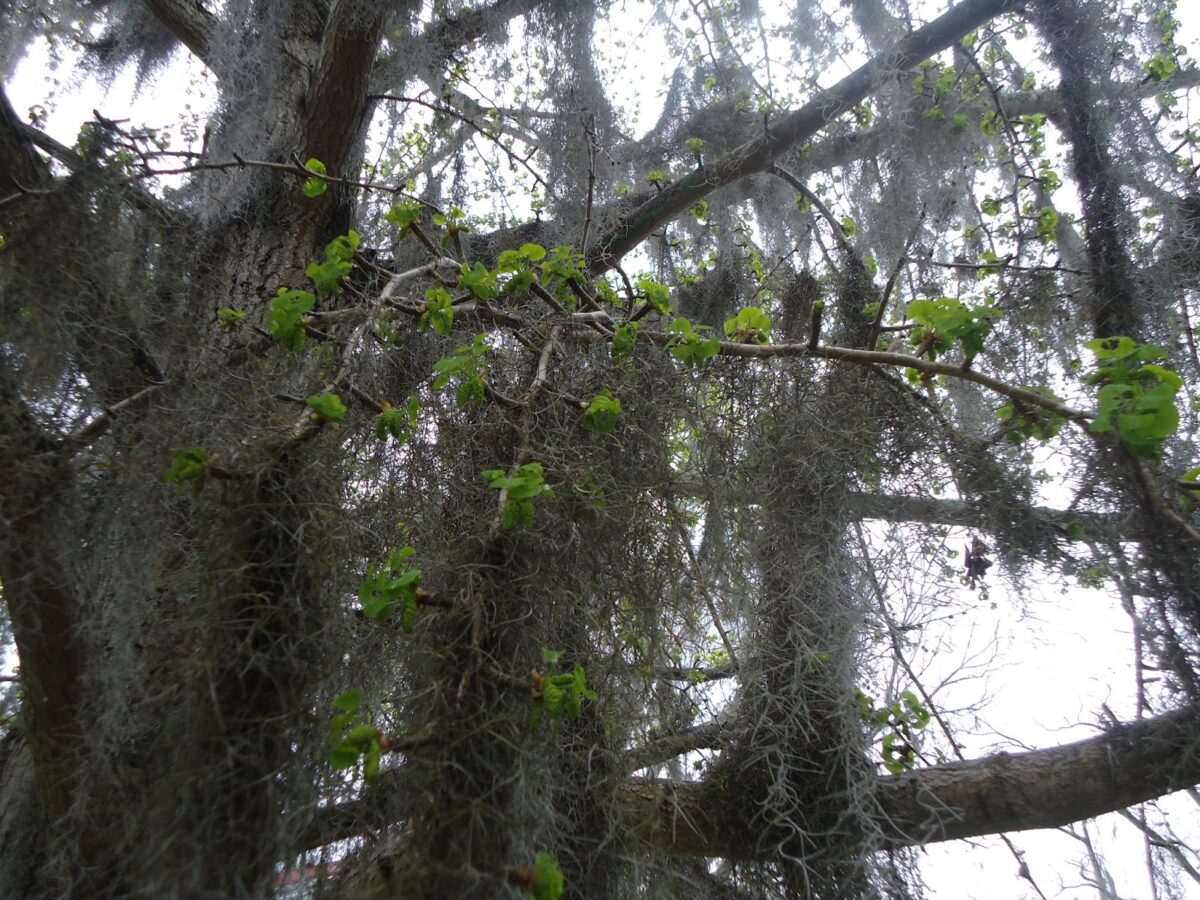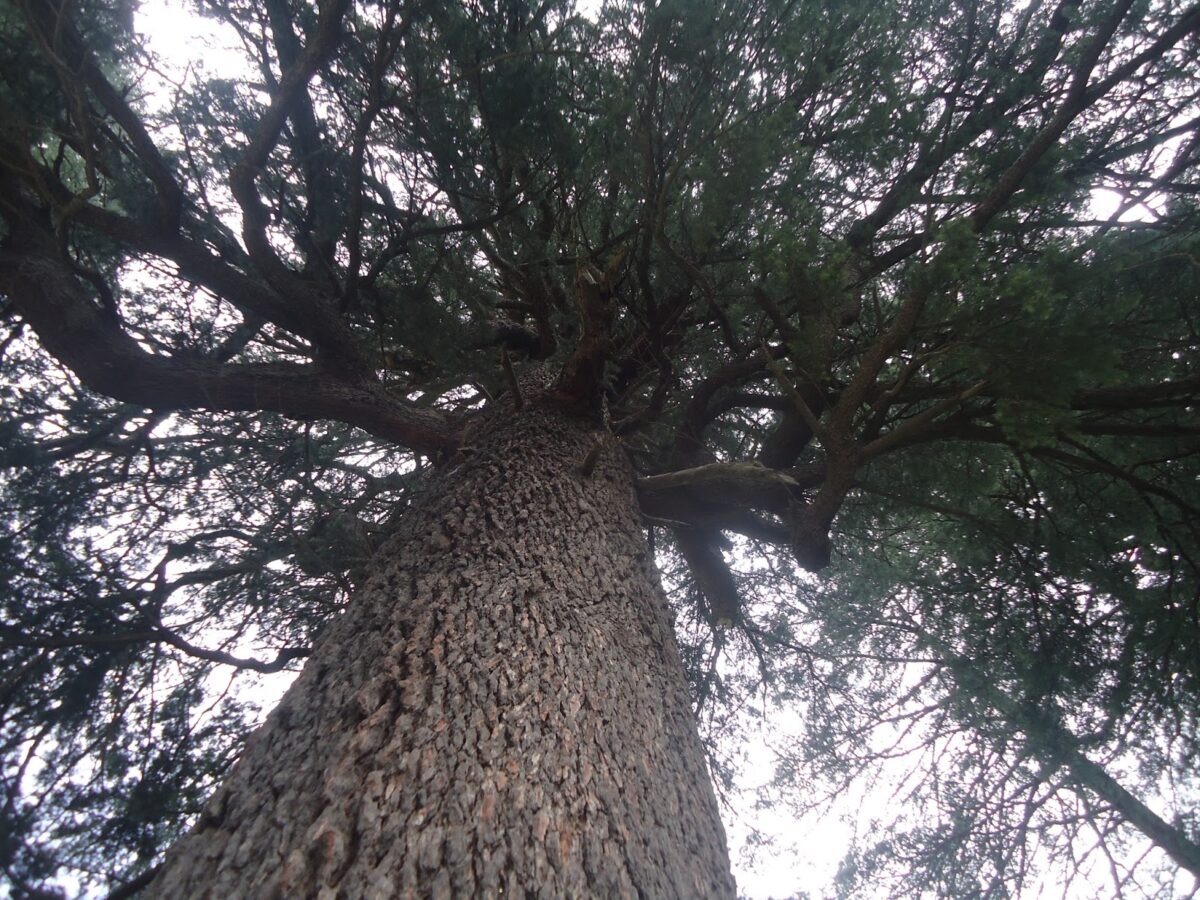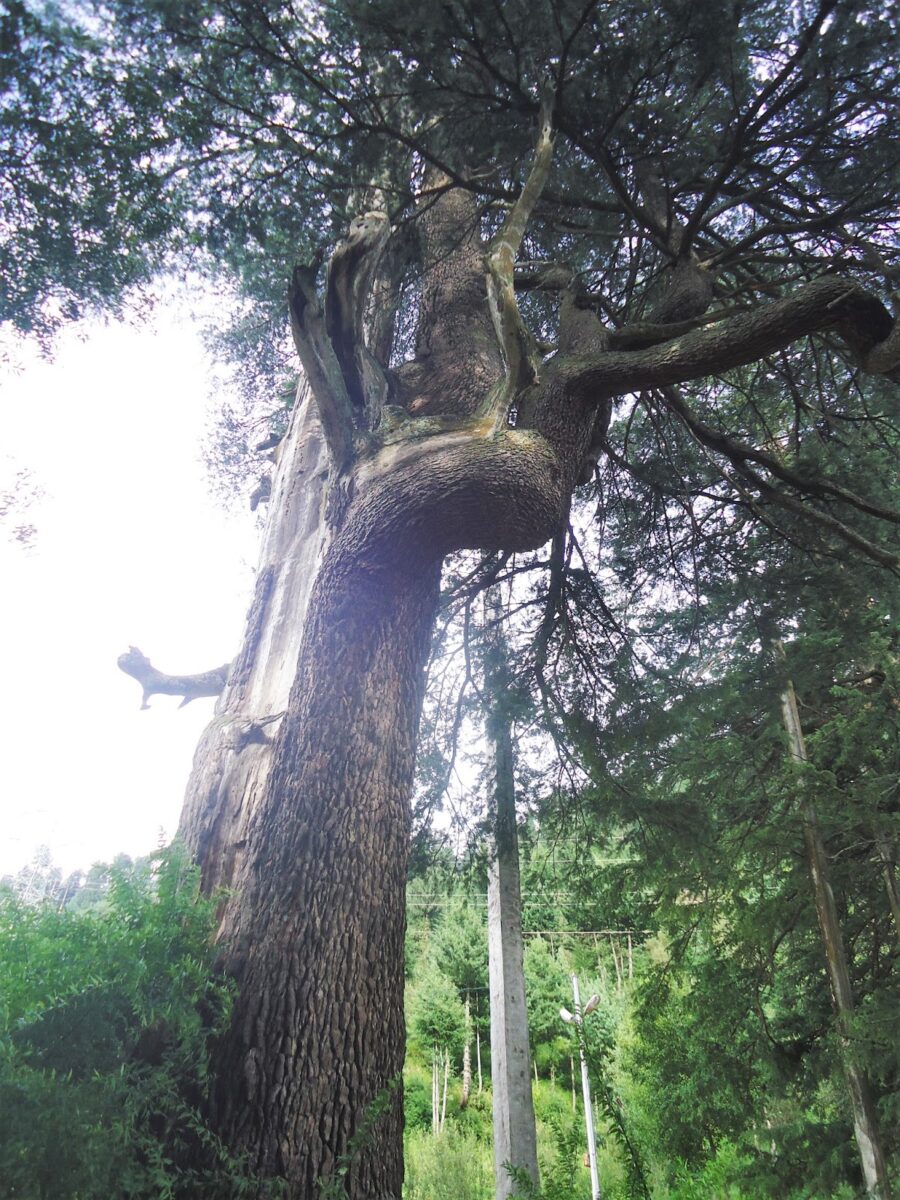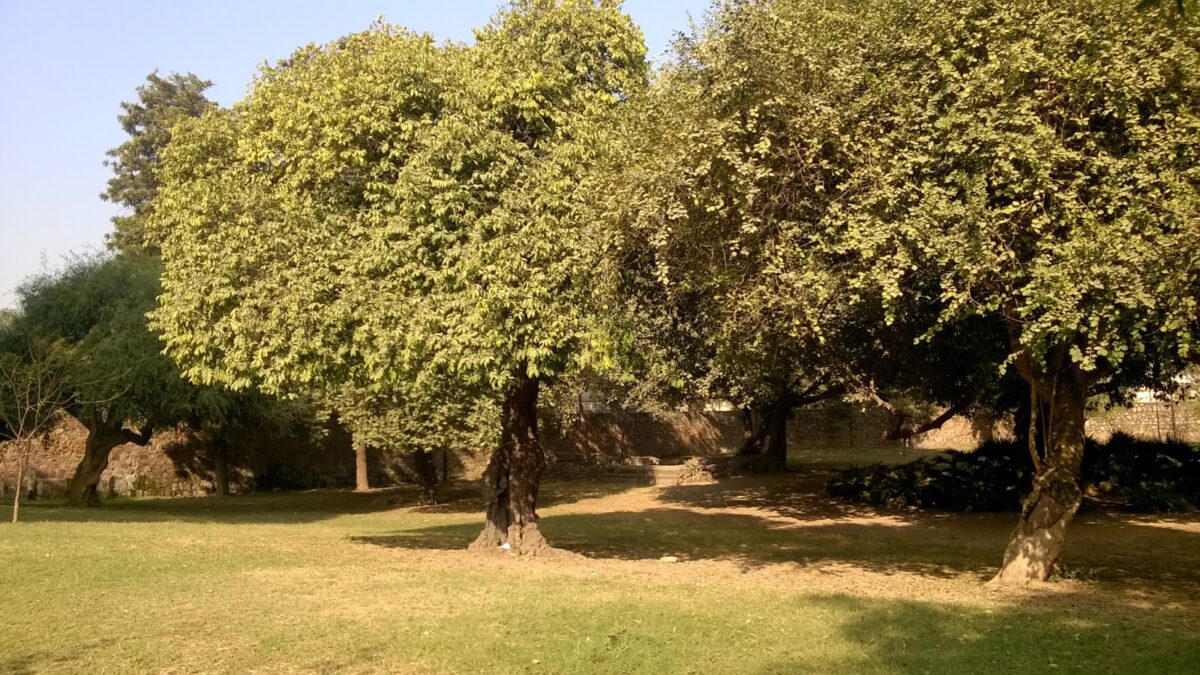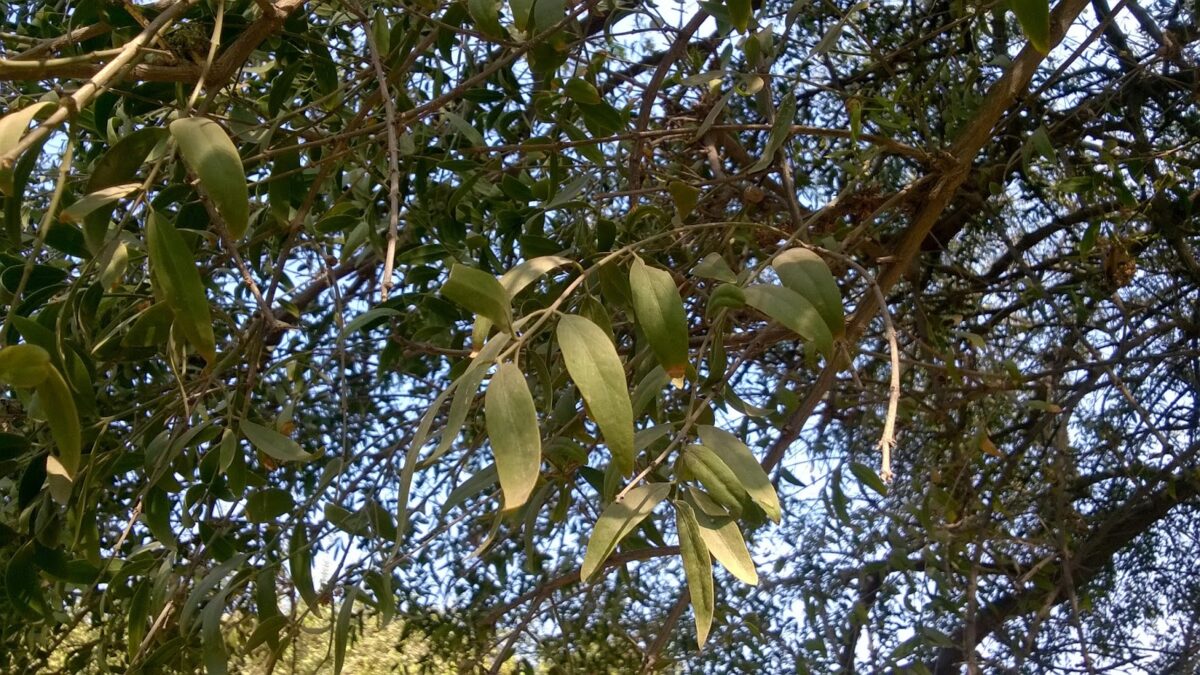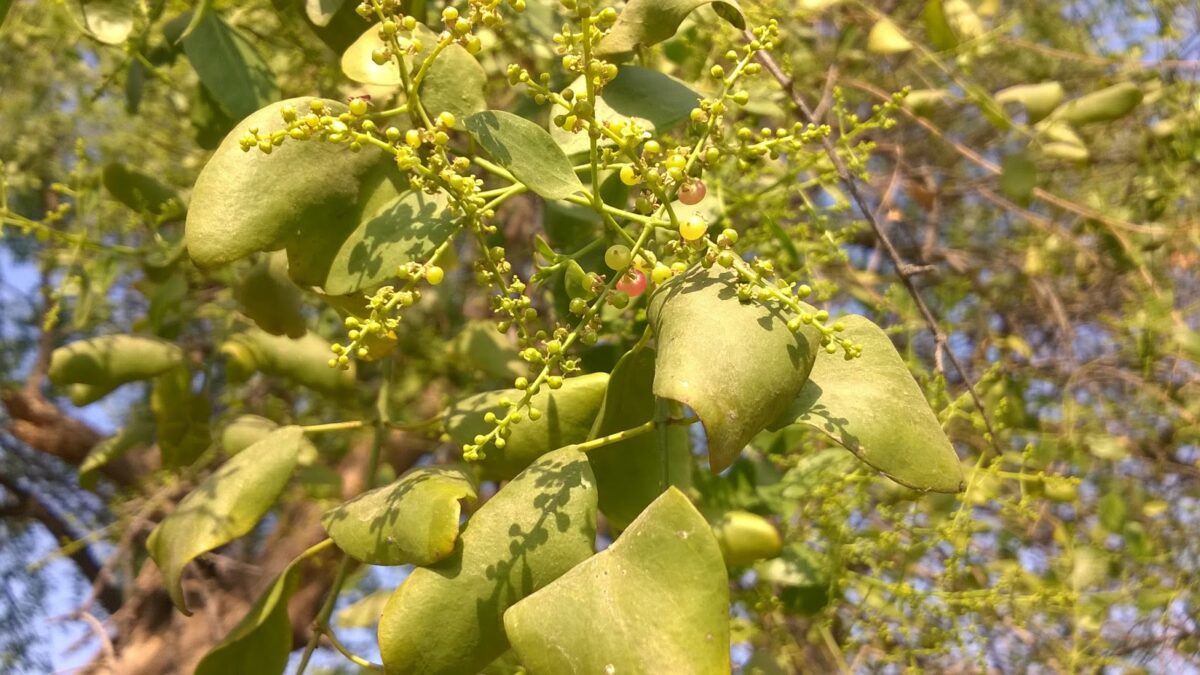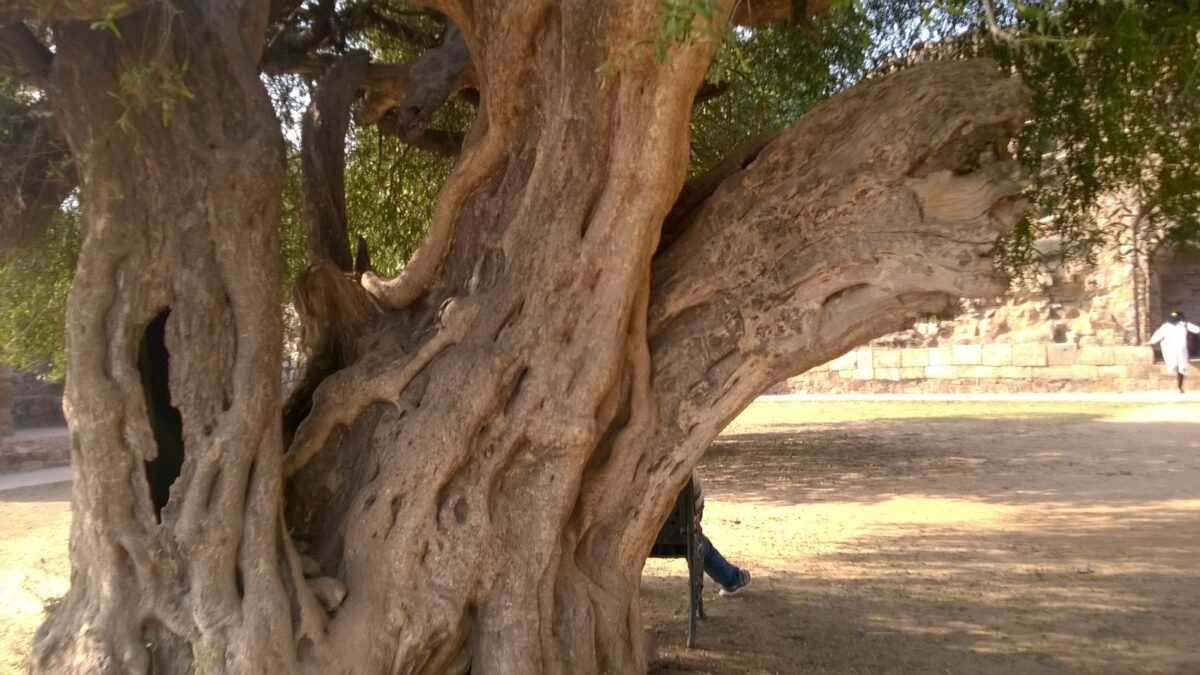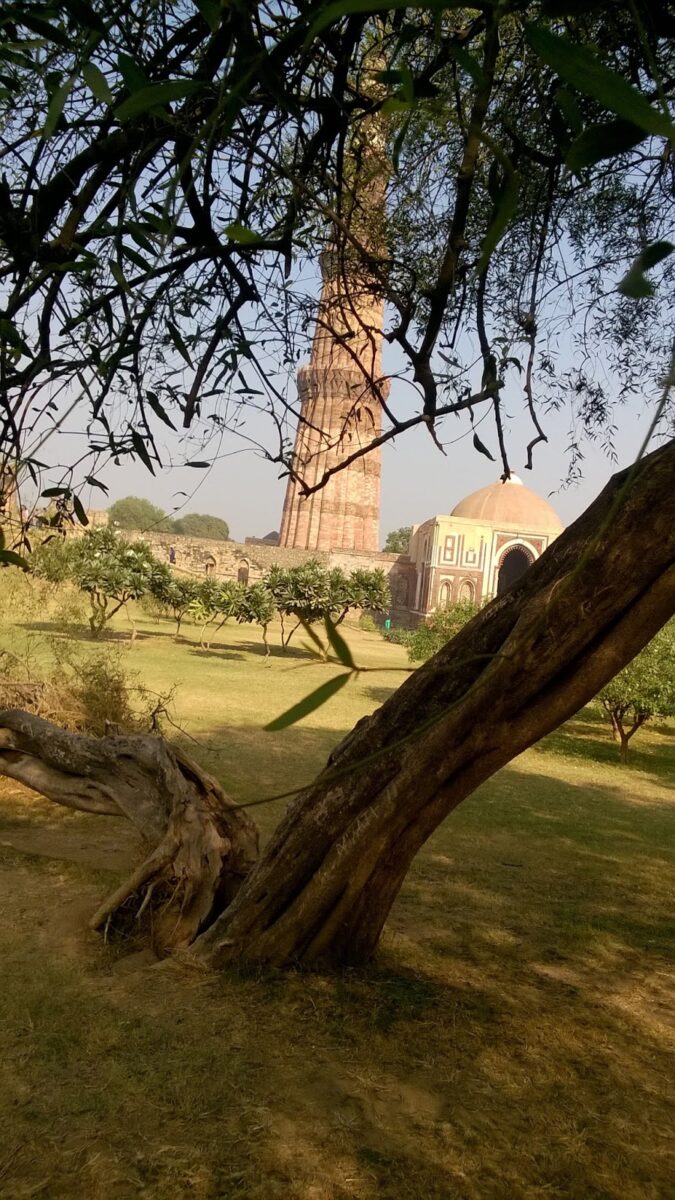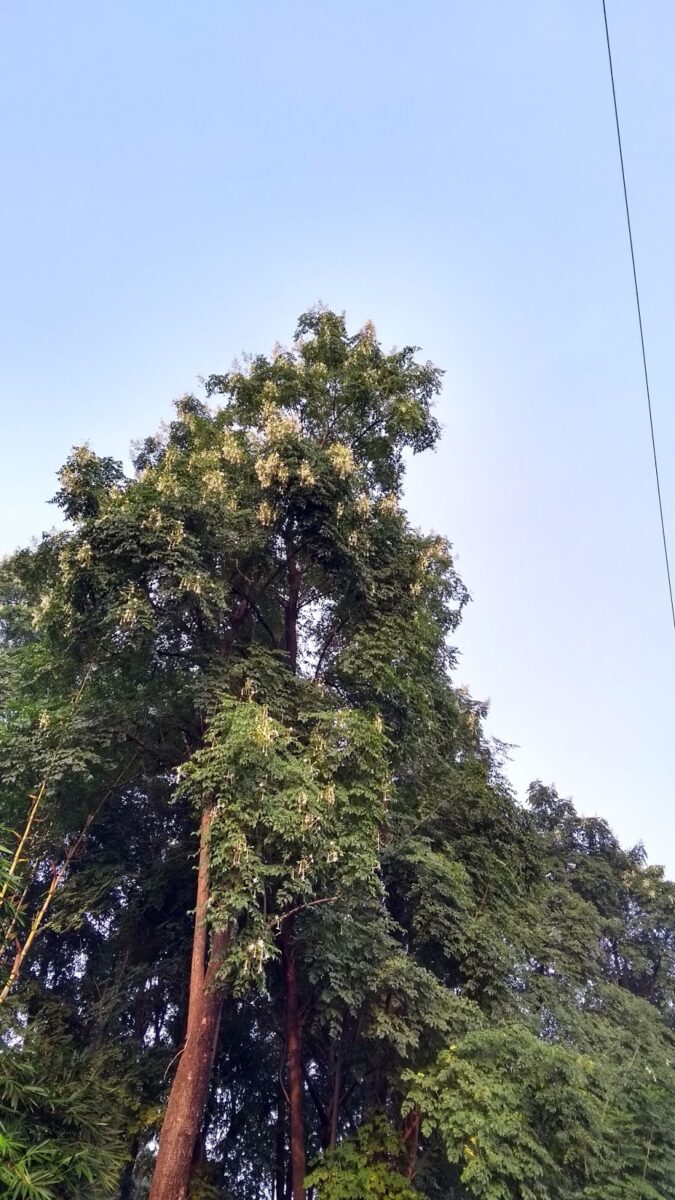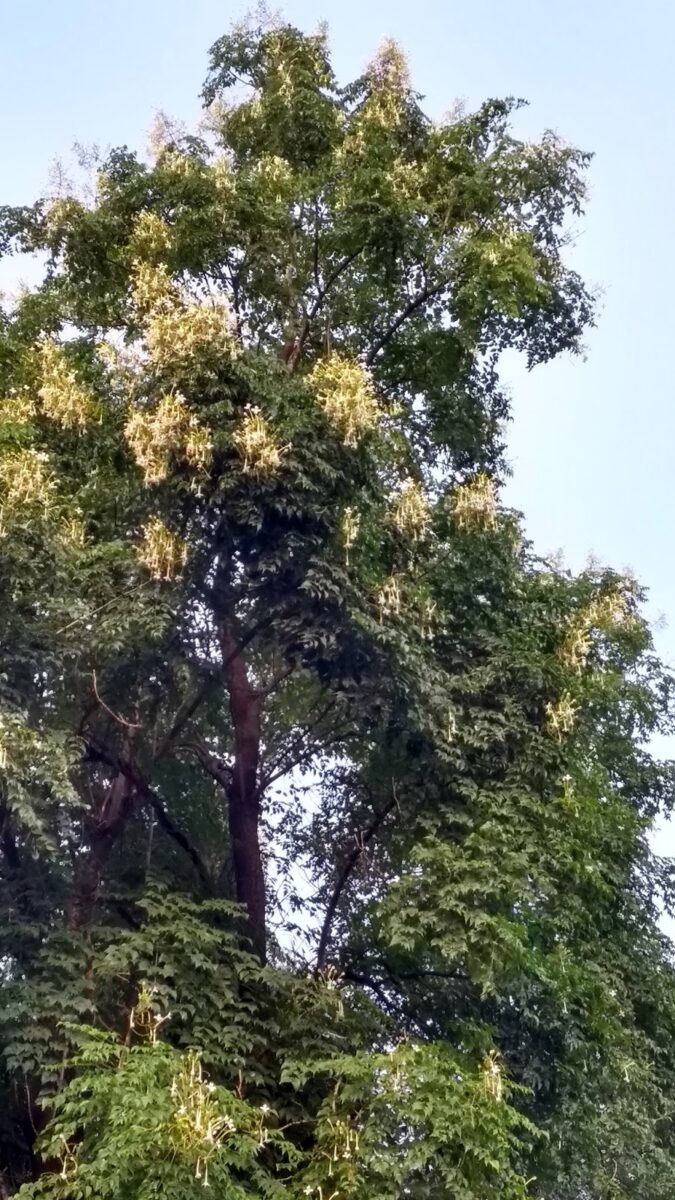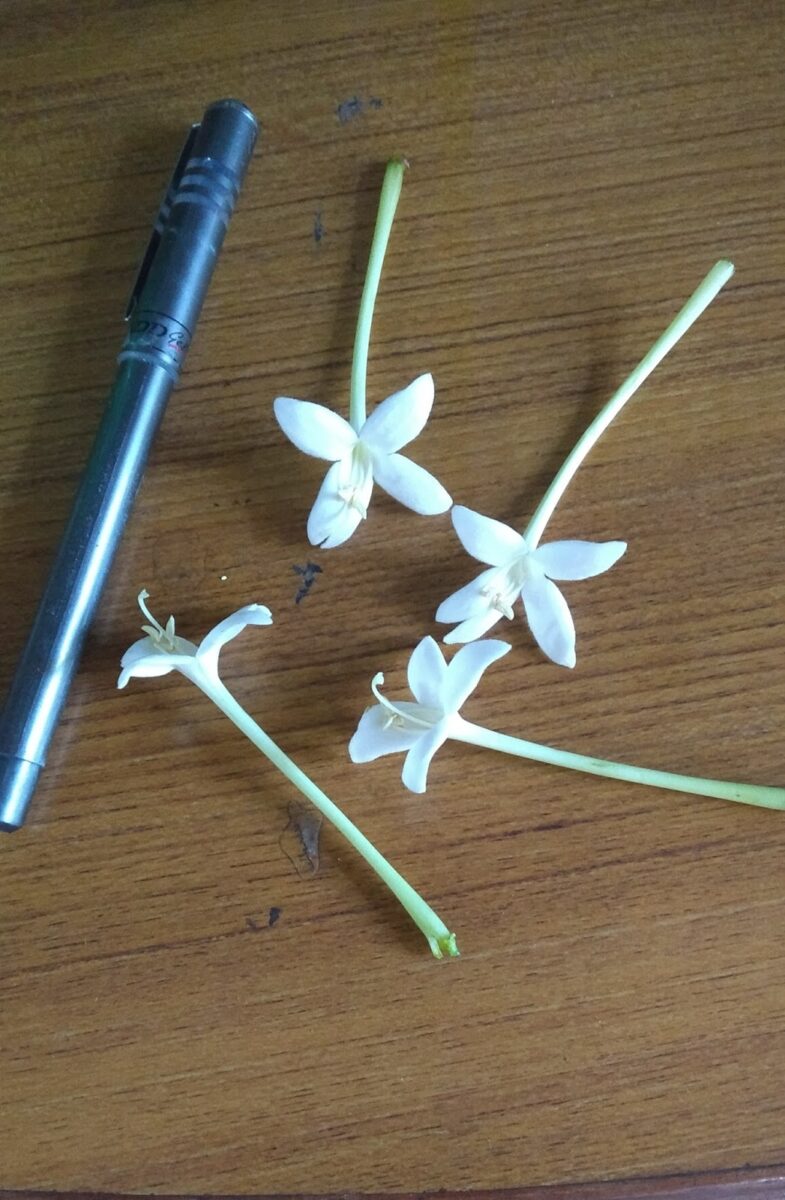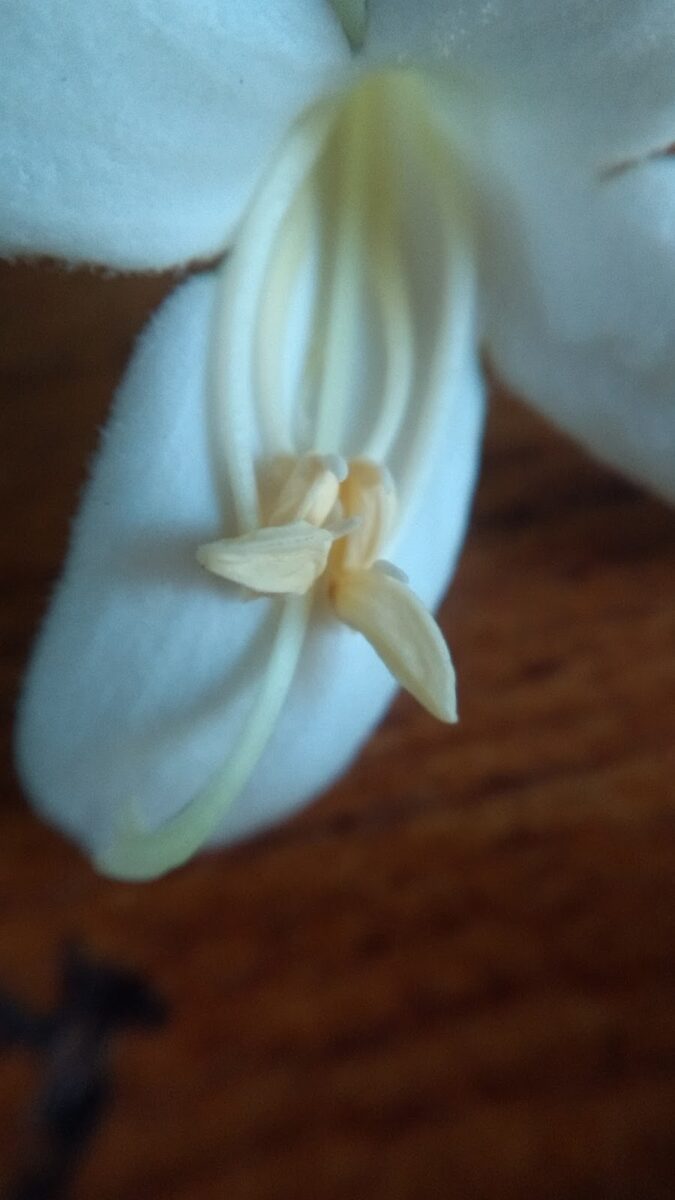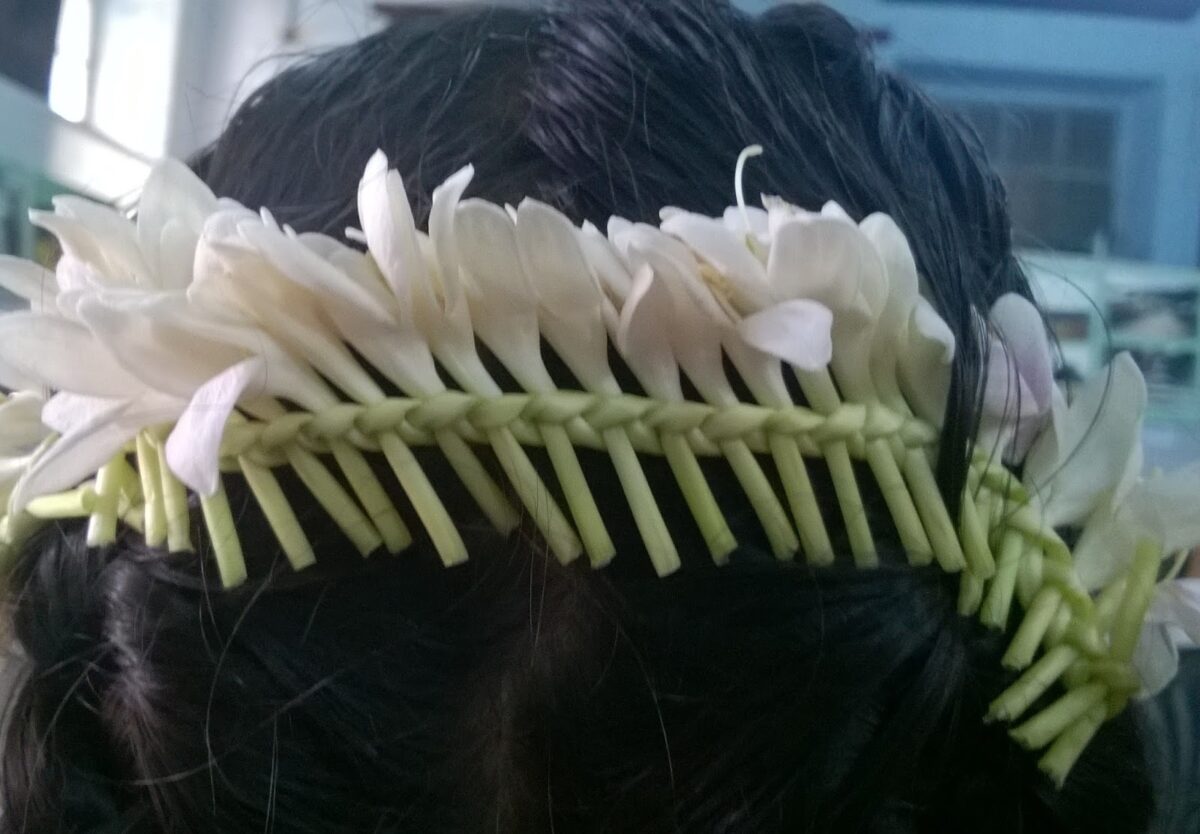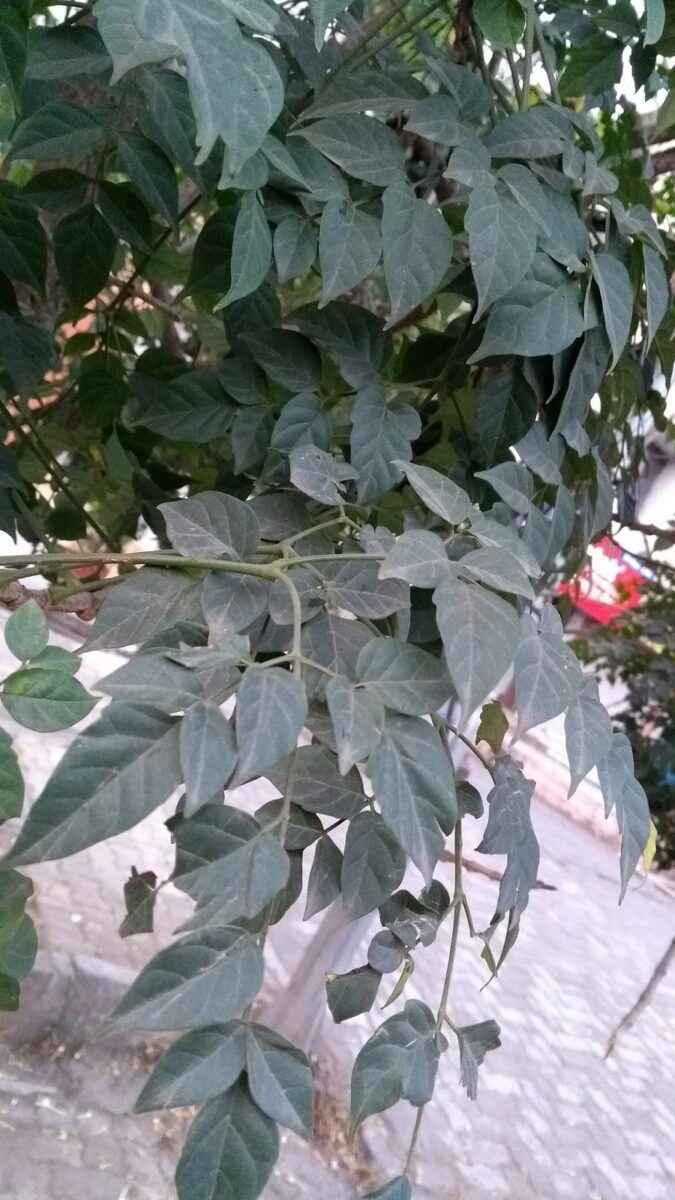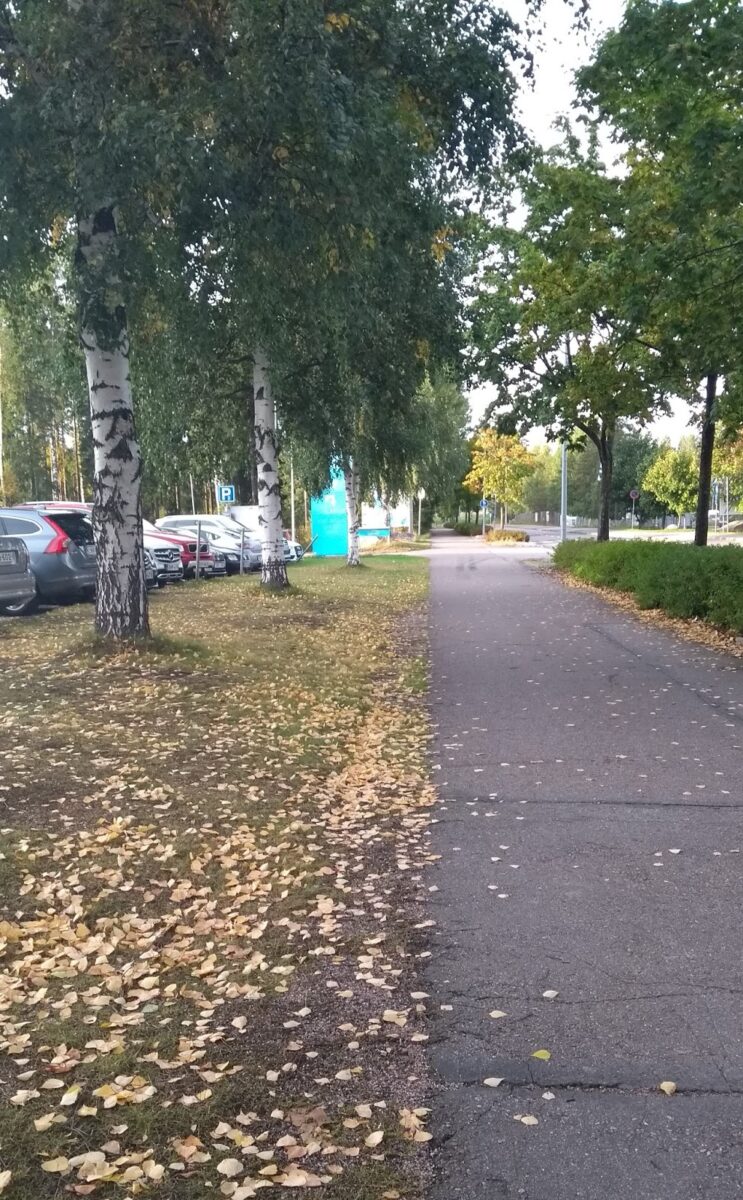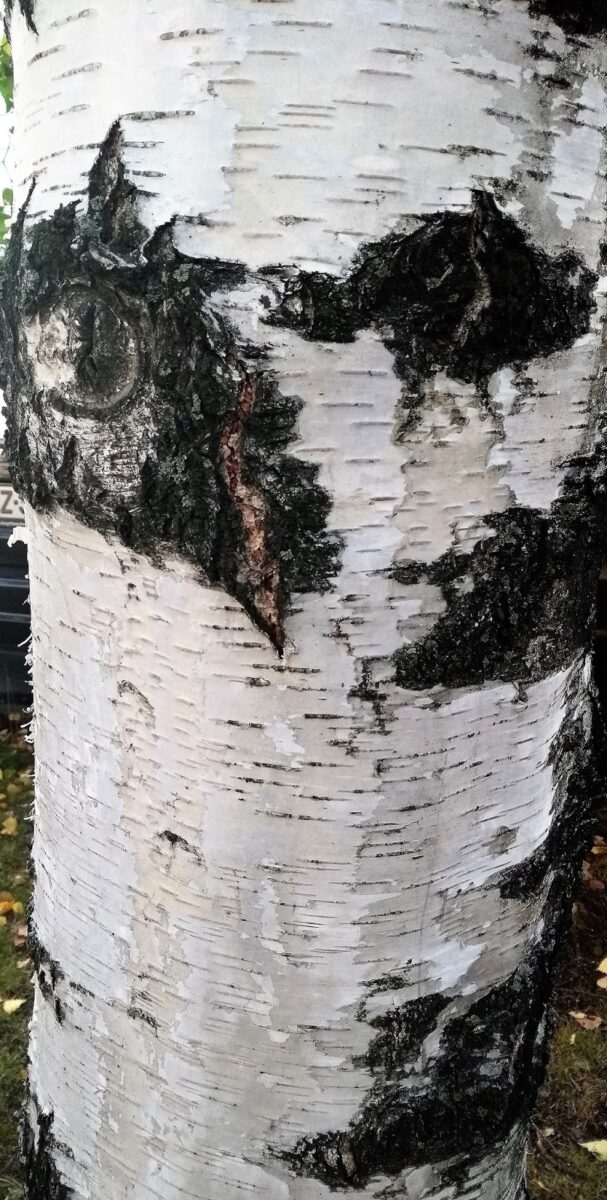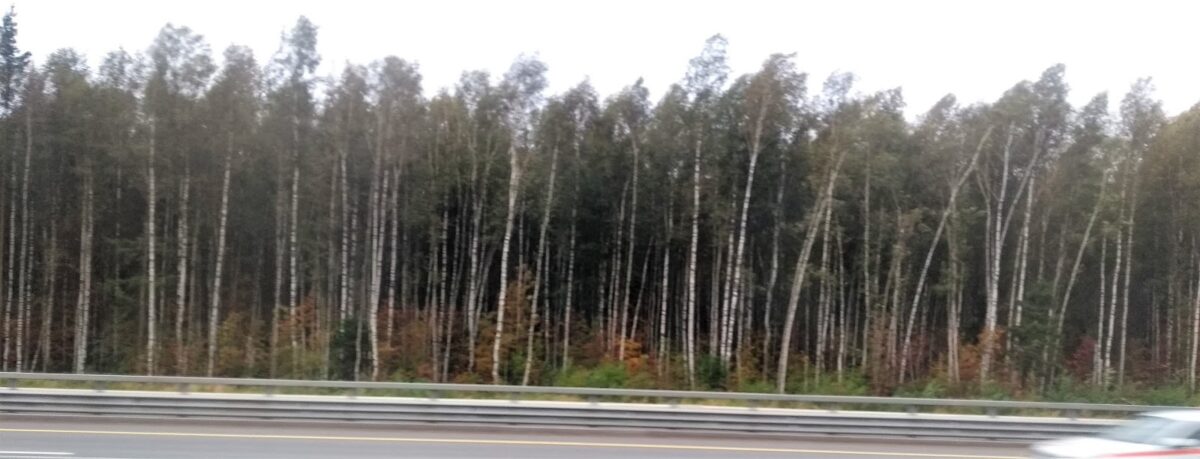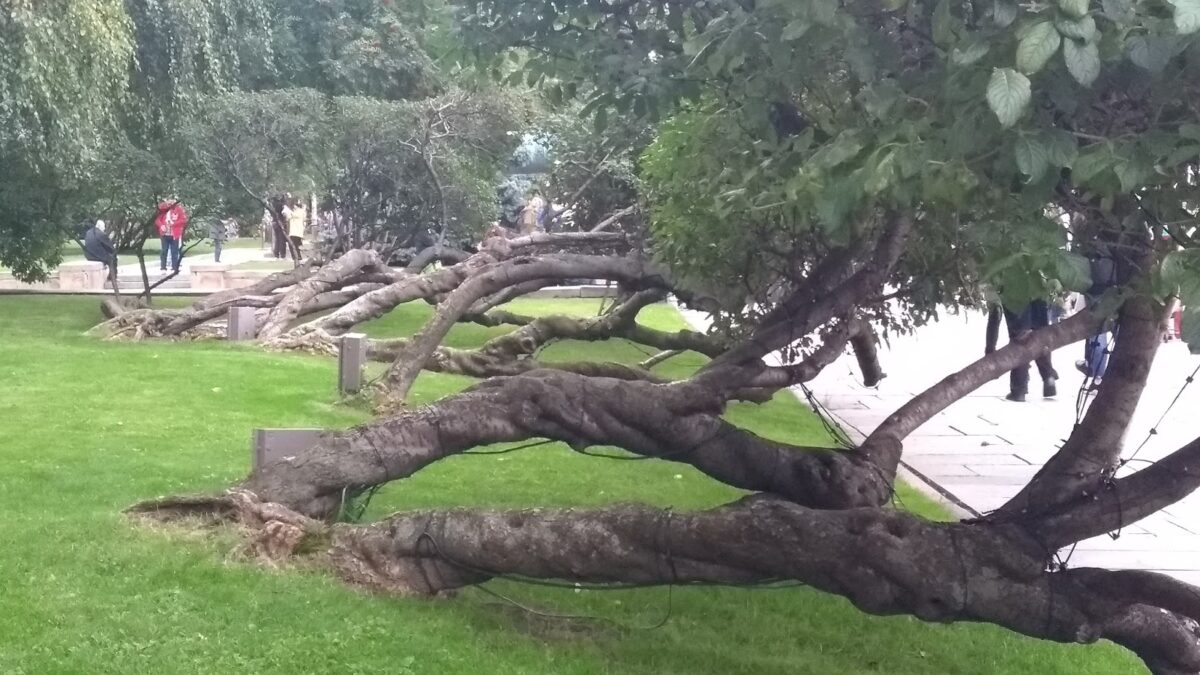This is the time of year in Pune when the beauty of morning walks is enhanced many fold due to the haunting sweet fragrance of the Indian Cork Tree aka ‘Buccha’ (बु च्च ). The roads are carpeted with waxy tube like flowers every morning which demand us to look up at the tree. I never tire of seeing the inflorescence which looks like falling stars!! Notice the flowers in the accompanying images!!
Universally known as Millingtonia hortensis of the Bignoniaceae family this tree grows straight up and fairly tall. In fact, it grows in many parts of India so many of you will easily recognise this species if not the name of the tree. The genus Millingtonia is in honour of the English botanist Thomas Millington and Buccha is the only species of the genus.
They are night blooming and are at their most fragrant in the night and early mornings. I have not seen fruit formation in my city but I am told that fruits do form in Mumbai – I guess the pollinator insects choose to stay away from here 😉
 |
| Bell shaped flowers – next to a pen for size comparison |
 |
| Waxy petals and didynamous stamens which are peculiar to Bignonicaceae family |
The cream coloured flowers can be braided into a ‘veni’ but mind you this needs some skill and practise.
 |
| Veni is the Marathi word for a braid of flowers that worn to adorn hair. |
Buccha often gives out suckers that grow sideways which means ‘baby’ plants can be found to be growing next to the older trees. It is commonly grown as a garden tree and avenue tree as well.
Millingtonia is among my favourite trees one that I never tire of seeing, writing about – I have written about or mentioned in five posts so far 🙂
Have you noticed this tree in your city?
I am participating in Parul’s #ThursdayTreeLove26. Head over to read about some amazing trees from around the world.
Update on 2 Nov 2017
 |
| Millingtonia leaf |
 |
| Leaf |
Here is an image of the leaf. Leaf can be described as Bipinnate, leaflets are opposite in 3-5 pairs. Leaflets are ovate, acuminate with rounded base.
